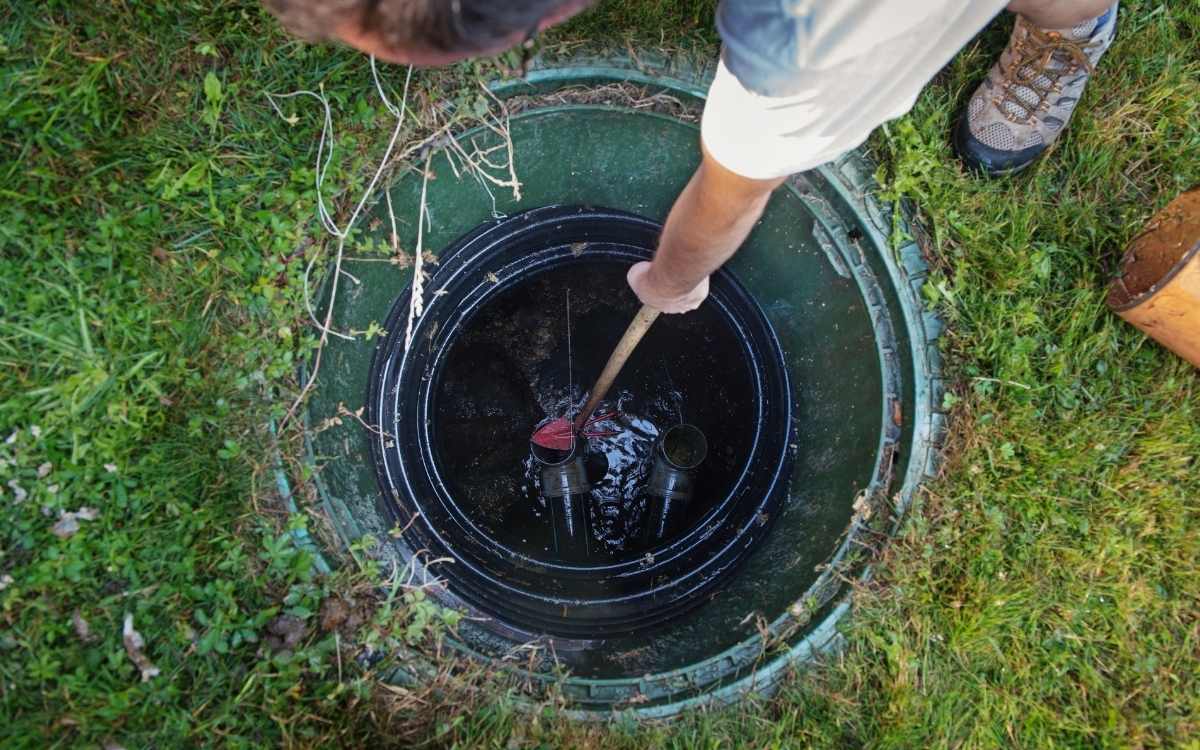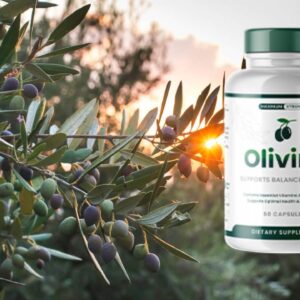how does septifix work in septic tanks
$28.00
Septifix is a revolutionary product designed to enhance the efficiency of septic tanks. It contains specially formulated bacteria and enzymes that break down waste, reducing sludge buildup and improving the overall function of the septic system. When introduced into the tank, Septifix activates upon contact with water, releasing millions of beneficial bacteria that help digest organic materials, mitigate odors, and prevent clogs, ultimately prolonging the lifespan of the septic system.
Description
Septifix: How These Tablets Work Wonders in Your Septic Tank
Maintaining a healthy septic system is crucial for any homeowner relying on one. A malfunctioning septic tank can lead to unpleasant odors, backups, and costly repairs. Enter Septifix, a popular septic tank treatment claiming to simplify maintenance and improve system performance. But how exactly do these tablets work their magic? Let’s dive deep into the science behind Septifix and understand its mechanism within your septic tank.
Understanding the Septic Tank Ecosystem: A Microbial World
Before we explore Septifix, it’s essential to grasp the fundamental processes occurring inside your septic tank. Think of it as a self-contained wastewater treatment plant relying heavily on a thriving community of anaerobic (oxygen-deprived) bacteria.
Here’s a simplified breakdown:
- Solids Separation: When wastewater enters the tank, gravity takes over. Heavier solids, like sludge, settle at the bottom, while lighter materials, such as grease and scum, float to the top.
- Anaerobic Digestion: This is where the magic happens. The anaerobic bacteria present in the tank break down the organic matter in the sludge and scum. This decomposition process liquefies some of the solids, reducing their volume and releasing gases like methane and hydrogen sulfide.
- Effluent Discharge: The partially treated liquid wastewater, known as effluent, then flows out of the tank and into the drainfield (also called a leach field) for further filtration by the soil.
The Role of Septifix: Introducing Beneficial Bacteria and Oxygen
Septifix tablets are designed to enhance this natural biological process within your septic tank. Their primary mode of action involves introducing a concentrated dose of beneficial bacteria and, uniquely, promoting an oxygen-rich environment in specific zones.
Here’s a closer look at the key components and their functions:
-
Proprietary Blend of Aerobic and Anaerobic Bacteria: Septifix tablets contain a diverse mix of bacteria strains specifically chosen for their ability to break down various organic materials found in wastewater, including fats, oils, grease (FOG), proteins, carbohydrates, and cellulose. These bacteria augment the existing microbial population in your tank, potentially accelerating the digestion process and improving efficiency.
- Aerobic Bacteria: These bacteria thrive in oxygen-rich environments. While the primary environment of a septic tank is anaerobic, Septifix aims to create localized aerobic zones. Aerobic bacteria are particularly effective at breaking down certain complex organic compounds and reducing odors.
- Anaerobic Bacteria: These bacteria flourish in the oxygen-deprived environment of the bulk of the septic tank. They are crucial for the initial breakdown of sludge and scum.
-
Oxygen-Releasing Compounds: This is a distinctive feature of Septifix. The tablets contain compounds that slowly release oxygen into the tank. This localized increase in oxygen creates micro-environments where aerobic bacteria can thrive and function optimally. This dual approach – aerobic and anaerobic digestion – can lead to a more comprehensive breakdown of waste.
How Septifix Contributes to a Healthier Septic System:
By introducing beneficial bacteria and promoting localized oxygenation, Septifix aims to achieve several benefits:
- Enhanced Waste Breakdown: The increased population of diverse and active bacteria leads to a more efficient digestion of sludge and scum. This can result in a reduction in the accumulation of solid waste in the tank.
- Reduced Sludge Buildup: By accelerating the breakdown of solids, Septifix can potentially slow down the rate at which sludge accumulates at the bottom of the tank. This may extend the time needed between professional pump-outs.
- Scum Layer Control: The bacteria and the oxygen released can help break down the floating layer of grease, oils, and other buoyant materials (scum), preventing it from becoming too thick and potentially blocking pipes.
- Odor Reduction: The efficient breakdown of organic matter can significantly reduce the production of foul-smelling gases like hydrogen sulfide, leading to a less offensive odor around your septic system.
- Improved Drainfield Performance: By ensuring that the effluent leaving the tank is cleaner and contains fewer solids, Septifix can help prevent the drainfield from becoming clogged, which is a major cause of septic system failure.
- Prevention of Backups: By keeping the tank functioning efficiently and preventing excessive buildup, Septifix may contribute to a lower risk of sewage backups into your home.
Important Considerations:
While Septifix can be a helpful tool in maintaining your septic system, it’s crucial to have realistic expectations and understand its limitations:
- Not a Substitute for Pumping: Septifix and similar treatments can help reduce sludge buildup, but they do not eliminate the need for periodic professional pumping. Solids will inevitably accumulate over time and must be physically removed. Regular pumping (typically every 3-5 years, depending on usage) remains essential.
- Not a Fix for Existing Problems: If you are already experiencing septic system issues like backups or slow drainage, Septifix is unlikely to be a quick fix. These problems often require professional diagnosis and repair.
- Proper Usage is Key: To maximize the effectiveness of Septifix, it’s important to follow the manufacturer’s instructions regarding dosage and frequency of use.
- Lifestyle Factors Matter: The overall health of your septic system is also influenced by what goes down your drains. Avoid flushing non-biodegradable materials, excessive grease, and harsh chemicals, as these can harm the beneficial bacteria in your tank.
In Conclusion:
Septifix works by introducing a concentrated blend of beneficial aerobic and anaerobic bacteria into your septic tank and by creating localized oxygen-rich zones. This dual action enhances the natural biological breakdown of waste, potentially leading to reduced sludge and scum buildup, odor control, and improved overall system performance. While it can be a valuable tool for proactive maintenance, it’s not a replacement for regular professional pumping and responsible wastewater disposal practices. By understanding how Septifix works, homeowners can make informed decisions about its role in their septic system care routine





Reviews
There are no reviews yet.